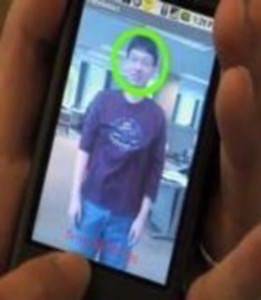We love our mobile phones, especially our smart phones, and we’ve come to think of them as “mini” computers in our pocket. However, the nature of the phones’ hardware still limits them when it comes to sheer processing power. And the more work the phone has to do own its own, the quicker its battery life gets eaten up. That’s why Intel Research Berkeley scientists Byung-Gon Chun and Petros Maniatishave been working on a solution to this problem. They’ve come up with something called CloneCloud, a new service that uses cloud computing to provide extra processing power for mobile phones.

The CloneCloud service uses a smart phone’s high-speed internet connection to communicate with a copy of itself (a clone) that lives on remote servers in the cloud. When the phone needs to perform any processor-intensive task, it can offload the work to the service after first calculating factors like amount of time and battery life required to move the data to the cloud.
One of the major benefits of this technology is its ability to extend a phone’s battery life since the phone no longer needs to use its CPU as much as before. It can also be used to scan the phone for security issues even if the phone is turned off.
However, the main advantage of the CloneCloud system is that it can dramatically improve the phone’s capabilities. For example, Chun created a test application which performed facial recognition on photos. On the mobile phone, it required 100 seconds to run, but once offloaded to another computer, the same task took just one second.
Still, the CloneCloud service may face some challenges of its own including network latency and bandwidth limitations. The phone’s data connection speed, as we all know, varies as you move through different coverage areas. If you stumble into a “dead” zone, there isn’t much CloneCloud can do for you.
At present, CloneCloud exists as a prototype that runs on Google’s Android mobile OS. It will be demonstrated for the first time publicly at the HotOS XII conference in Switzerland later this month. In the meantime, you can read up on the service’s details in the PDF “Augmented Smartphone Applications Through Clone Cloud Execution.”
Image credit: Intel Research Berkley, via MIT Technology Review

















